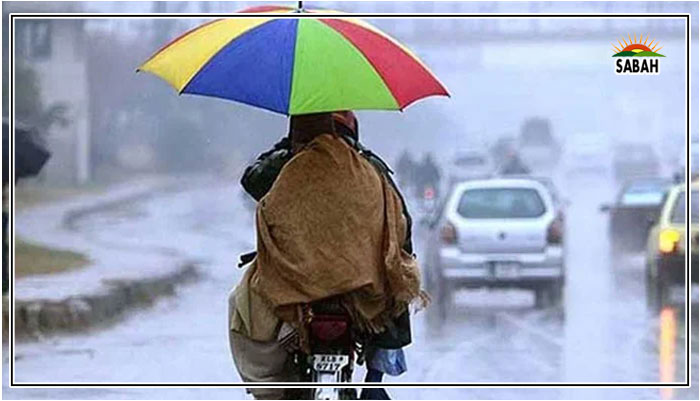Hot and dangerous …. Aisha Khan
THE rise in mercury has a human cost. With each decade getting warmer since 1980, the risk of breaching critical tipping points is getting alarmingly closer. The Intergovernmental Panel on Climate Change assessment reports have repeatedly reiterated the perils of crossing the 1.5 degrees Celsius threshold and issued advisories for urgent reduction in greenhouse gas emissions by 2030 to keep the planet safe. However thus far 1.5ºC has just been used as reference number to make strong political statements with very little to show for any measurable reduction in emissions at scale.
The heat this year is just a preview of what is likely to follow. Extreme events in past years and the health pandemic (Covid-19) are tangible proofs of the enormity of the crisis and its lingering effect on the economy. Other factors like biodiversity loss and climate-induced conflicts may not as yet be visibly relatable to people but are insidiously disrupting the social fabric of society.
Under the current patterns of emissions, it seems more than likely that the world is headed for 2.5 to 2.9ºC temperature increase from pre-industrial levels this century. The beginning of summer in four continents in the northern hemisphere has already scorched cities leaving millions to swelter as temperatures soar to new highs.
For vulnerable countries like Pakistan, this means high-risk scenarios and need for urgent adaptive action. The hidden cost of past emissions trapped in the atmosphere will add to the unfolding crisis. Even if global emissions peak before 2025, their long-term lingering impacts will continue to destabilise the climate, making it extremely difficult to cope with known threats and unknown risks. Fragility and crises will be the new norm as Earth heats up to challenge human actions and its impact on life systems.
The heat this year is just a preview of what is likely to follow.
In South Asia, the rising mercury is also a cryospheric crisis. The water towers that are a source of life to people from Bhutan to Afghanistan are under threat from the scorching heat. According to a report by the International Centre for Integrated Mountain Development, snow levels are a fifth below normal in the Hindu Kush, Karakoram and Himalaya (HKH) region. This can result in excessive flooding initially and end with drought and desertification. Given its geography, the effect of deadly and repeated heatwaves will hit the region in multiple ways from the mountains to the coastline. As extreme heat also traps more moisture in the air, the monsoons this year are predicted to be 33 per cent more intense, amplifying the problem.
The world is on a collision trajectory with nature and time is running out for course correction. The good news is that everyone knows what needs to be done and there is still time to reset the future.
Meanwhile, the rise in atmospheric temperature will also result in a concomitant increase in heated debates over climate justice and moral mandate. Heat stress is not limited to physical effects, nor is it only about a food, water and energy crisis. It has a psychological dimension that manifests itself in behavioural change and altered response mechanism. This chain reaction is often overlooked in planning. Historically, prolonged deprivations, inequality and injustices have resulted in social upheavals and system change. A heat-induced, drought-driven response to thirst, hunger and lack of basic amenities is likely to be even more cataclysmic.
The quantitative difference in resources between the Global North and the Global South and the qualitative difference in absorptive capacities of both will set the stage for conflict and pitched battles if two issues are not addressed quickly. The first underpins the need to address climate justice and the second calls for expediting reform in climate finance. There can be no more delays or debates on these two issues if the global community is serious about keeping its climate promise. Mitigation remains the number one responsibility of high-emitting countries to save the planet and reduce hardships for the already struggling millions around the world.
The scorching heat has an added dimension of peril for Pakistan. The country adds five million people to its population each year. Under this scenario the gap between supply and demand is going to increase beyond the state’s ability to provide food, water and energy to 380m people by 2040. The spectre of shrinking resources and a burgeoning discontented youth population is something that needs to be factored into climate and human security planning.
A hot temper is a dangerous thing to deal with at a wider community scale. It is time to cool down the planet and for responsible countries to reduce emissions rapidly.
The writer is chief executive of the Civil Society Coalition for Climate Change.
aisha@csccc.org.pk
Courtesy Dawn, July 3rd, 2024












